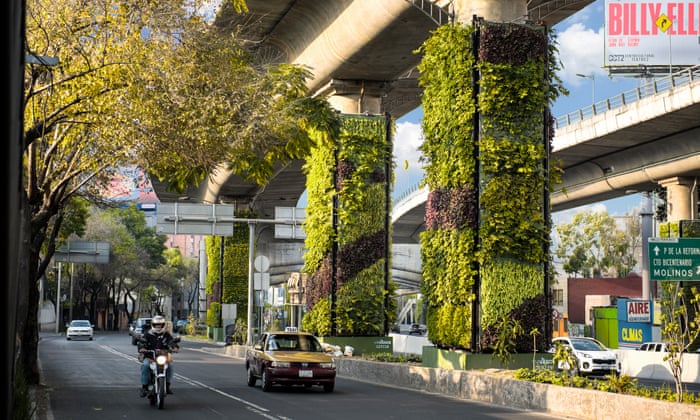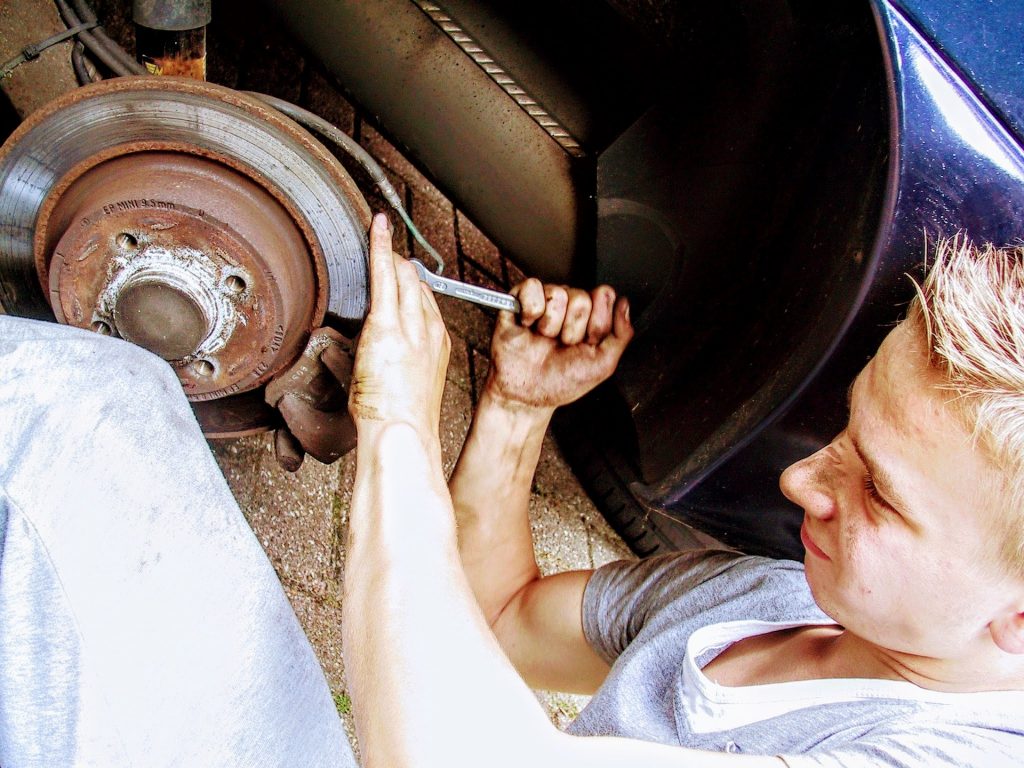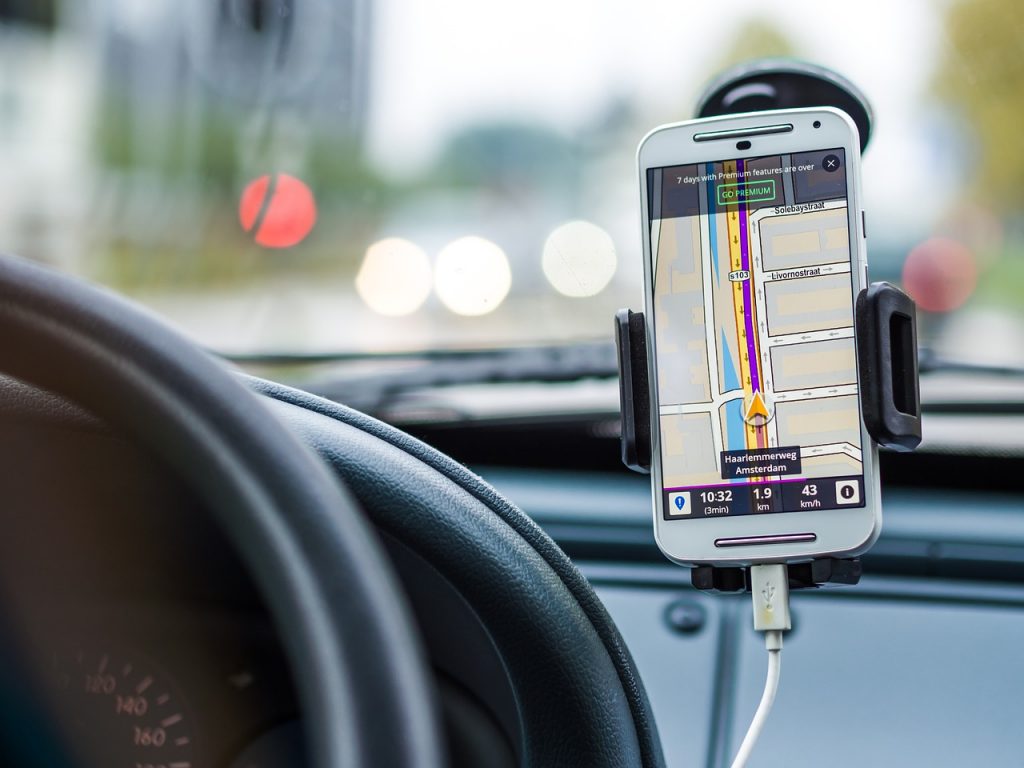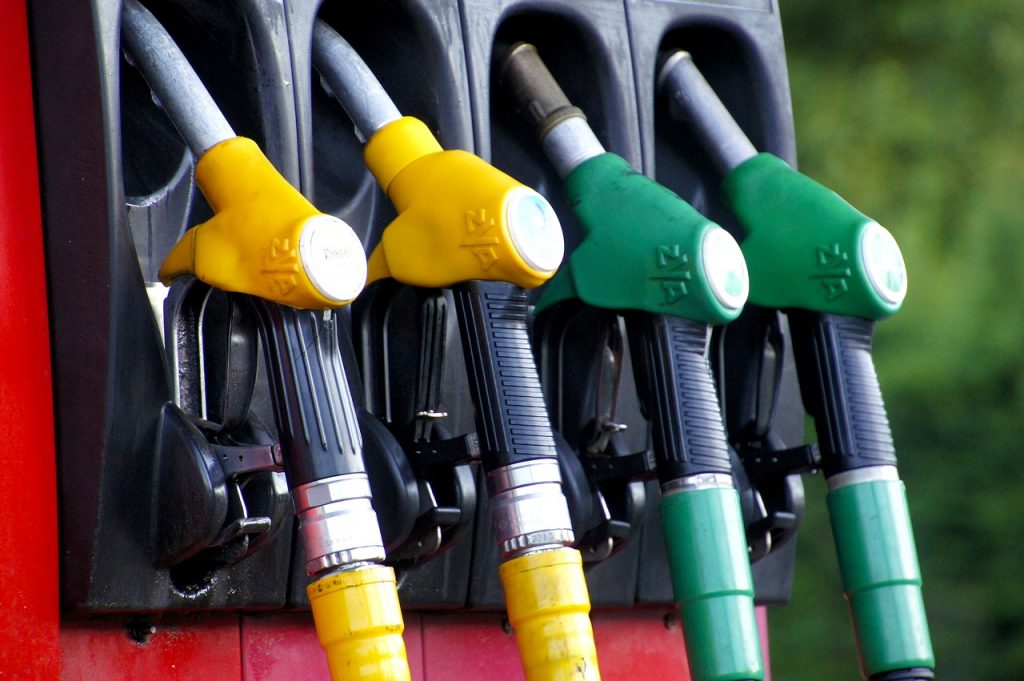Mexico’s Via Verde creates vertical gardens in cities – green spaces that generate oxygen, improve air quality, reduce urban heat islands and provide psychological benefits to highly populated cities.
Architect Fernando Ortiz Monasterio founded Via Verde in 2012, transforming more than 1,000 concrete columns into more than 60,000 square meters of vertical gardens that support Mexico City’s beltway. Via Verde can provide this urban transformation at no cost to the city or its inhabitants through funding provided by dedicating a portion of the transformed area to commercial sponsorship and publicity. Via Verde is a World Economic Forum Tech Pione.

Category Archives: Sustainability
4 Surefire Ways To Save Money On Your Car Usage
It’s an inevitable fact of life that you need your car. No matter how much you try and save money by taking lifts with pals, using the good old public transport system and walking once in a while, sometimes only a car will do. A trusty four-wheeled motor also gives you the freedom to go where you want as and when you please. You can drive off the beaten track to find a secluded spot for some downtime, or you can find the quickest route to get to your mom and dads without having to change trains twice before taking a bus across the state.
The world of automotives can be a bit of a minefield. There are a ridiculous amount of cars on the market ranging from the swanky new hybrids that utilize greener and more sustainable technologies to the older, yet more affordable diesel guzzlers. No matter what your vehicle of choice is, you can save money in the way that you use your car. Read on to find out more.
Buy New… If You Can
One strategy that car dealers swear by is to purchase new off the forecourt. Many people disagree with this stating that the moment you drive your shiny new car away from the dealer, your car has already depreciated in value. While this is true, a new car will give you the reliability and warranty you need to ensure you’re not forking out hundreds or maybe even thousands each year on maintenance. Your brand new vehicle should have at least a three-year warranty meaning that if anything breaks down or stops working during this time, you should get a free replacement. The ability to keep the car for longer before having to trade it in means that you won’t be losing money every time you swap your vehicle. It makes more economic sense to keep a vehicle for six or seven years rather than changing every two to three.
A new car is also safer. They have enhanced features such as side impact bars, computerized technologies that allow you to see behind you and intuitive braking systems that will deploy in the event of a potential accident. Older cars, while they may be cheaper, will have a higher chance of being in rear-end bumps that often mean lawyers like Babcock Partners are called in. Try to mitigate this with a newer, more reliable and safer vehicle.
Maintenance
There are points in every car owner’s life where it feels like everything’s falling apart at once. Your car’s exhaust might be blowing, the tires threads are near the legal limit, and you need to swap a headlight. In the scheme of things, these are relatively minor outgoings to keep your car running. The bigger issues occur when the drive shafts, cam belt or gearbox need changing. If you have an older vehicle, it can often make more financial sense to purchase a whole new car rather than change a particularly expensive component.
Make sure you check out the manual of your car and complete all of the basic maintenance checks. Change the oil filters when necessary, get your car serviced at the correct intervals and always have good grippy tires on your vehicle. This can make your car more fuel efficient saving you money on gas. By keeping your car well looked after you’ll receive a premium price when you do eventually trade in.
Common Sense
If you have a particularly busy day ahead of you ferrying the kids to swimming lessons, doing a spot of grocery shopping, checking in on the parents and popping to the library to hand back some books, make sure you’re sensible with your car usage. It makes sense to combine these tasks into one car journey rather than heading home after each one. Try to formulate a route that is the quickest and uses the least miles saving you money on fuel.
When obtaining the all-important insurance for your car, you need to shop around and not accept the first offer you’re given. Even if you’ve been with the same insurance provider for years, there’s no reward for loyalty. If you can save $200 by changing your provider and the cover is like for like then swap.
How You Drive
You may be one of those human beings that loves nothing better than accelerating through the gears quickly and reaching the speed limit as fast as you can. While this may get you to your destination a fraction faster, you’ll also be consuming more fuel as your speed demon ways rattle up through the gears too quickly. Keep your acceleration at a more average pace to save more money on gas.
Although the thought of car sharing can make you break out in cold sweats as you might need to relinquish the driving duties once in a while, you could be cutting down your car running costs massively. If you carpool with a work colleague and share driving and car duties, you’ll logically be cutting down your fuel expenditure and car usage by half. This makes fantastic monetary sense. You’ll also be doing your admirable little bit for the environment as one less car will be on the road during rush hour traffic.
It goes without saying, but you should be driving sensibly and be the epitome of a responsible driver. Don’t allow yourself to be drawn into roadside arguments, don’t allow your frustrations with other road users lead you to drive erratically and keep to the laws of the land. Simply by using your common sense, you can save money on the roads.
While driving may be an expensive business, there are ways you can cut the costs of your car usage. Car ownership is necessary for millions, but this doesn’t mean you have to forego a decent quality of life to maintain a decent vehicle. Utilize some of these tips to ensure that you remain a thrifty, money-conscious car owner.
Superblocks and Sustainable Malls
In the past 20 years, most American cities have added sustainability departments to their city government offices. These councils generally think of ways to reduce the city’s carbon footprint, ecological impact, and save money by using energy more efficiently. You might curse them when your main streets dedicate lanes for bicyclists or carpoolers, but these regulations are paved with good intentions.
Vox has been producing really fascinating content on a number of global issues and innovations in sustainable policies recently. Their episode on the Superblock policy of Barcelona is definitely worth 10 minutes of your attention.
It all started in 2014, when Barcelona failed to meet EU air quality targets. Studies showed that air quality was causing about 3,500 deaths per year in the region. Not only that, but noise pollution was also causing negative, stressful effects. So they developed an Urban Mobility Plan which included the concept of Superblocks.
These Superblocks take nine square blocks, which are literally square in Barcelona, and close off the perimeter. Within the Superblock people are free to walk, bike, and jog around without being exposed to the city traffic pollution that plagues most of Barcelona.
In the main Superblock at the city center, pedestrian space increased from 45 percent of the total surface area to 74 percent. With so much less traffic, noise levels dropped from 66.5 dBA to 61 dBA. Most impressive of all, there was a 42% reduction in nitrogen oxide emissions and a 38% reduction.
This also helps the small businesses as people are more likely to stop by storefronts if they are walking or biking, than if they are driving.
This got me thinking, how can this idea be implemented in America? American cities and states are interconnected by a network of streets and highways designed in the 20th century for the internal combustion vehicle. Mega-malls used to be a very big part of the American landscape, however lately, many of them have been shutting their doors. With the growing behemoth Amazon spreading its tentacles across the nation, gobbling up Whole Foods this month, allowing it to deliver groceries, books, and drones to our doors, not only are mom and pop stores shuttering, but large big box superstores and malls are leaving abandoned lots across America. The mall as we know it from the 1980s and 1990s is simply not built for the “4th Industrial Revolution” with automation and online shopping dominating the market. In fact, there is dead mall series on YouTube, documenting the downfall of these antiquated structures, as entire malls are being abandoned and sold for as little as $100. It makes you think, what would you do with a middle America mall, if you bought one for 100 bucks?
The superblock idea, and integration of residential, commercial, and recreational areas might be a great way to utilize the massive amount of real estate malls take up. America needs more recreational playing fields, parks, and jogging tracks, which could be built in place of parking lots. The malls themselves could be opened up to allow more natural sunlight and greenscaping, re-imagined to include office, residential, and commercial spaces. This would logistically make it more sustainable, as everything people need would be on the mall property. And possibly, being able to walk to a store and get something will be competitive with a few clicks and waiting for Amazon to deliver to your door a few days later. Just a thought, but it would be complicated by government regulations on commercial and residential space zoning.

Thankfully, there are companies working on navigating the tricky world of sustainable redevelopment. For example, Brightworks Sustainability is working on revitalizing a failing mall in Cupertino located adjacent to Apple’s new headquarters in Silicon Valley.
The community of Cupertino will revitalize the failing Vallco Shopping Mall into a vibrant, sustainable, walkable and safe new neighborhood with a mix of retail, dining, entertainment, recreation, offices, housing, open space, and public amenities…
In place of the existing 1.2-million-square-foot mall, Sand Hill Property Company and its design team will build public parks and plazas; educational, retail, office, and entertainment space; and up to 800 residential units. Atop the modern and sustainable buildings, the world’s largest green roof will provide over 30 acres of public park with a 3.8-mile network of walking and jogging trails, meadows, vineyards, orchards and organic gardens, children’s play areas, and a refuge for native species of plants and birds. It will be Cupertino’s largest park when complete – and entirely open to the public. The rolling shape of the green roof mimics the forms of the foothills surrounding Silicon Valley and provides privacy for residents of an adjacent neighborhood from the public uses planned for the new development.
Pretty cool right? Hopefully we will see these types of projects not only in the tech savvy innovative communities in California, but also the Rust Belt and Midwest where failing mall blight and suburban sprawl is a big problem.





